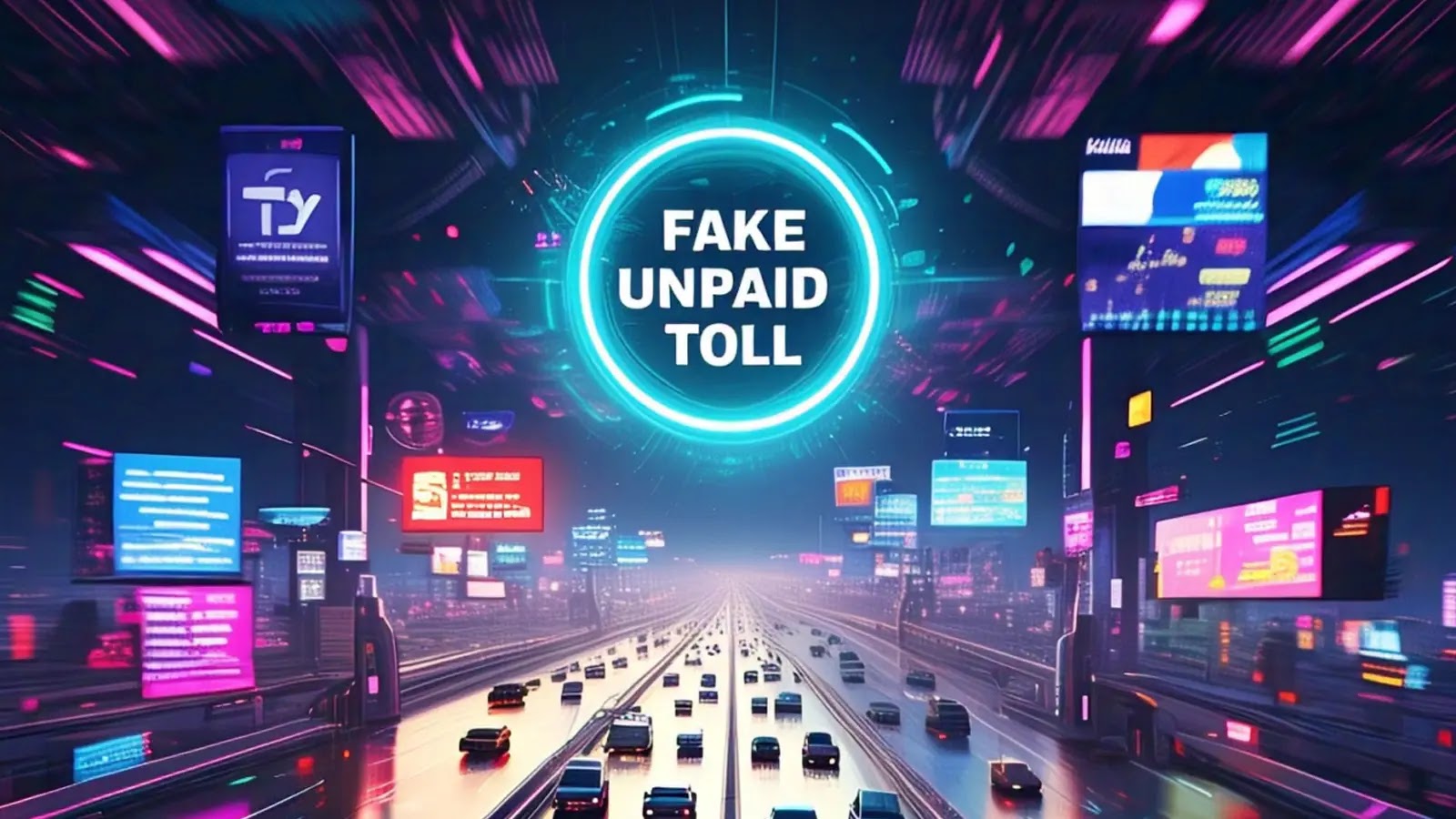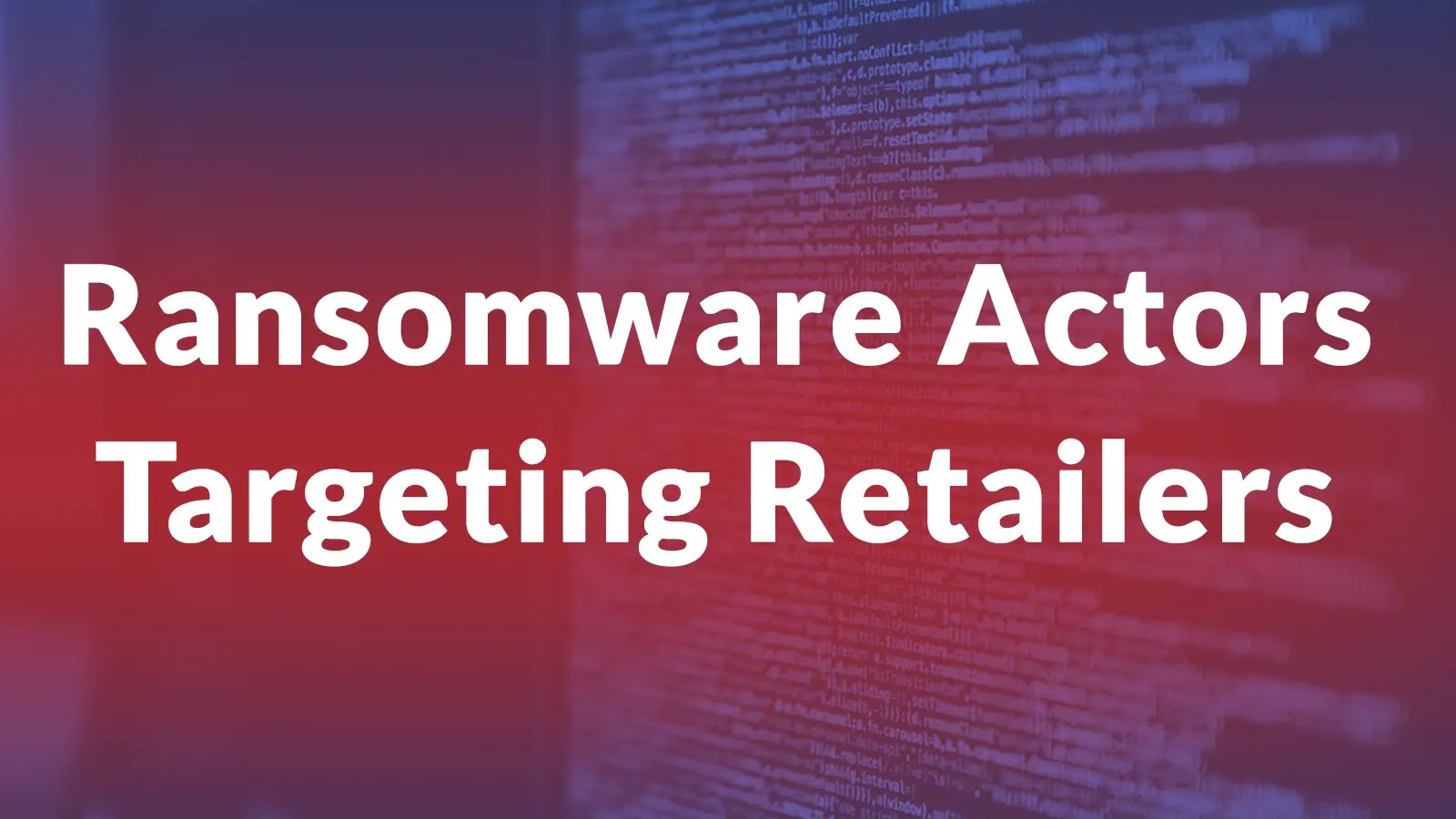In recent months, a sophisticated phishing campaign has emerged, targeting mobile users with fraudulent notifications about unpaid tolls. This scheme represents a significant evolution in SMS-based credential theft, shifting from traditional package delivery scams to exploiting individuals’ concerns over alleged driving infractions.
The Mechanics of the Scam
Victims receive text messages claiming they have outstanding toll violations that require immediate payment. These messages use urgent language, threatening substantial fines or even suspension of driving privileges if the recipient does not respond promptly. Unlike conventional phishing attempts that include direct links, these messages instruct recipients to reply directly, creating a false sense of legitimacy and bypassing standard phishing detection methods.
Upon responding, victims receive a follow-up message containing a link to a convincingly designed phishing website. These sites closely mimic official toll collection agencies, incorporating regional visual elements based on the victim’s location to enhance credibility. Security researchers have identified tens of thousands of such malicious domains, revealing an infrastructure predominantly hosted in China but targeting victims across multiple countries.
The Role of Phishing-as-a-Service Platforms
At the core of this operation is Lucid, a comprehensive Phishing-as-a-Service (PhaaS) platform that provides cybercriminals with turnkey solutions for launching sophisticated phishing campaigns. Lucid enables attackers to generate authentic-looking phishing domains and custom landing pages tailored to specific regional toll authorities. The platform incorporates dynamic adjustments based on victims’ IP addresses, allowing precise geographic targeting and device-specific optimizations for both iOS and Android users.
Lucid’s technical sophistication includes verification mechanisms that block connections from IP addresses outside targeted regions and prevent security researchers from accessing the domains directly. Payment pages are displayed exclusively to victims within designated geographical areas, further complicating detection and analysis by security firms. This platform is part of a growing ecosystem of similar services, including Lighthouse, Darcula, EvilProxy, and W3II, all designed to democratize phishing capabilities among criminal actors.
The Scale and Impact of the Scam
The campaign’s exceptional scale stems from its highly organized operational structure, with attackers leveraging a subscription-based model that enables widespread deployment. The infrastructure supporting these attacks demonstrates sophisticated resilience against takedown attempts, with new domains being rapidly provisioned to replace those that are blocked or reported.
The economic impact extends beyond individual victims, as credentials harvested through these campaigns often appear for sale on underground markets within hours of theft. Security analysts note that these toll scam campaigns achieve approximately 5% success rates—substantially higher than traditional email phishing attacks—demonstrating the effectiveness of this multi-stage approach.
Official Warnings and Recommendations
Authorities across various states have issued warnings about this scam. For instance, the Illinois Tollway has cautioned drivers about fraudulent text messages claiming recipients owe money for unpaid tolls. These messages, known as smishing (SMS phishing), involve scammers disguising themselves as the state tollway operator. The Illinois Attorney General’s office and the Federal Trade Commission have previously issued alerts about this scam. Recipients are advised not to respond to suspicious messages, even to opt out, as this can confirm the phone number and lead to more unsolicited texts. ([axios.com](https://www.axios.com/local/chicago/2025/03/28/scam-alert-fake-illinois-tollway-texts?utm_source=openai))
Similarly, the Minnesota Department of Transportation (MnDOT) has alerted drivers about fraudulent E-ZPass text message scams circulating nationwide. These final notice texts instruct recipients to click on a link to settle an alleged outstanding toll balance, which is a scam. MnDOT emphasizes that the agency does not contact individuals via text for payment and advises the public against clicking on any such links to avoid becoming victims of fraud. ([axios.com](https://www.axios.com/local/twin-cities/2025/03/25/mn-ez-pass-scam-text-warning?utm_source=openai))
Protective Measures for Consumers
To safeguard against such scams, consumers are advised to:
1. Verify Claims Independently: Before taking any action, check your toll account through the official website of the toll service.
2. Avoid Clicking on Suspicious Links: Do not click on any links within unsolicited texts.
3. Report Suspicious Messages: File a complaint with the FBI’s Internet Crime Complaint Center (IC3) at www.ic3.gov, including the scammer’s phone number and the fraudulent website listed.
4. Secure Personal Information: If you have inadvertently clicked on a link or provided personal information, take immediate steps to secure your personal and financial accounts.
5. Delete the Message: Remove any smishing texts from your device to prevent accidental interaction.
This scam is part of a larger trend of smishing attacks, where cybercriminals use text messages as a vector for fraud. It highlights the importance of vigilance when receiving any unsolicited communications asking for personal or financial information. As technology evolves, so do the tactics of cybercriminals. This latest scheme exploiting road toll services is a reminder of the ongoing need for public awareness and cybersecurity education. Always verify the source before responding to any requests for personal information. Stay informed and stay safe.



